
Find Help
More Items From Ergsy search
-
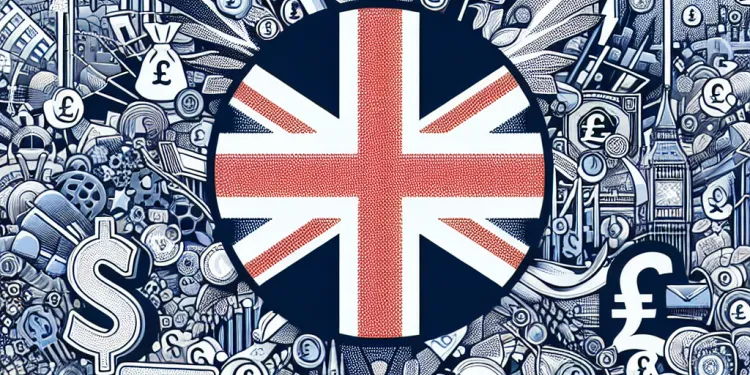
How do other countries implement a wealth tax?
Relevance: 100%
-

Are there any countries currently implementing a wealth tax?
Relevance: 100%
-

Have any other countries implemented a sugar tax similar to the UK?
Relevance: 96%
-
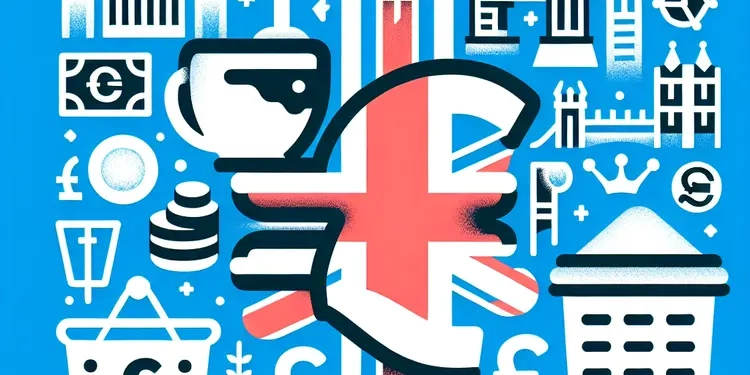
What is the sugar tax in the UK?
Relevance: 88%
-

What is the purpose of the sugar tax?
Relevance: 85%
-

Has the sugar tax been effective?
Relevance: 81%
-

Has the sugar tax affected the sugar content in drinks?
Relevance: 80%
-

Who pays the sugar tax?
Relevance: 79%
-

What impact has the sugar tax had on obesity rates?
Relevance: 79%
-
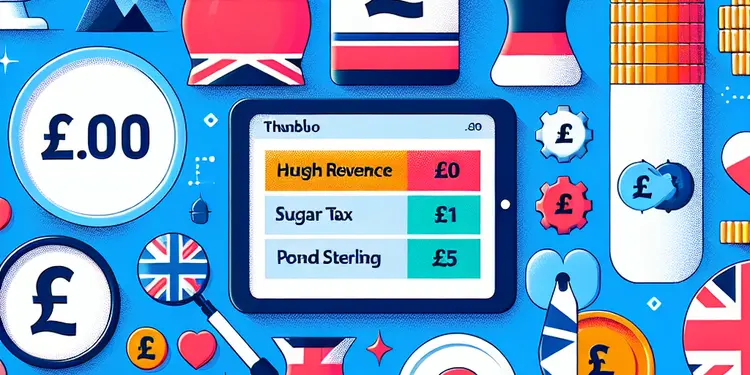
How much revenue has the sugar tax generated?
Relevance: 77%
-
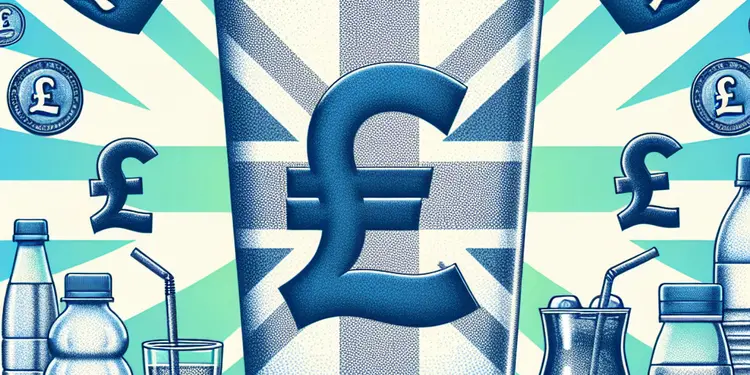
Has the sugar tax led to innovation in the drinks industry?
Relevance: 76%
-

What are the long-term goals of the sugar tax?
Relevance: 74%
-

How does the sugar tax affect consumers?
Relevance: 72%
-
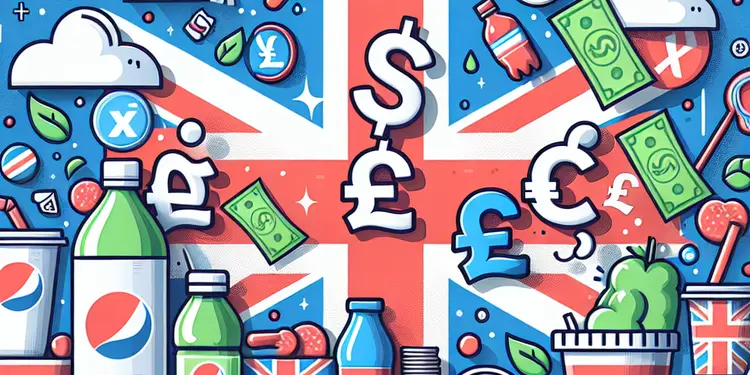
Is the sugar tax applied to diet or zero sugar drinks?
Relevance: 71%
-
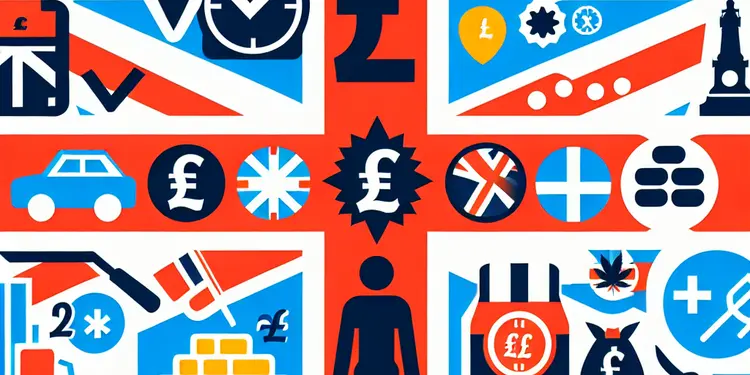
How does the sugar tax align with public health strategies?
Relevance: 70%
-
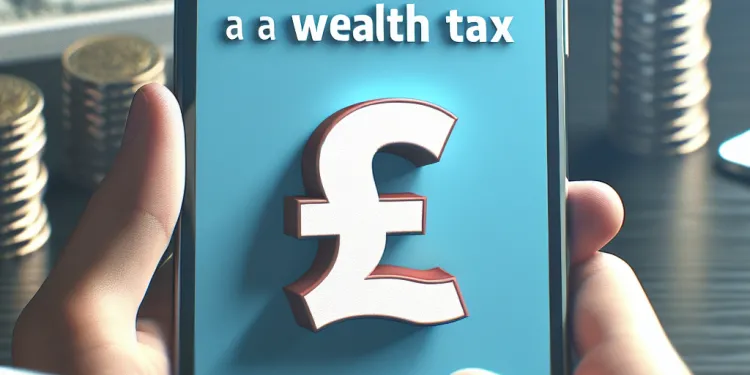
What are the challenges of implementing a wealth tax?
Relevance: 70%
-

How is the revenue from the sugar tax used?
Relevance: 67%
-
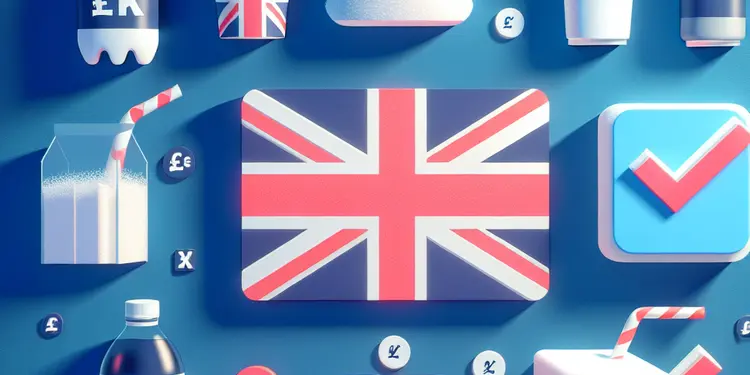
Which drinks are exempt from the sugar tax?
Relevance: 66%
-

Does the sugar tax apply to small businesses?
Relevance: 65%
-
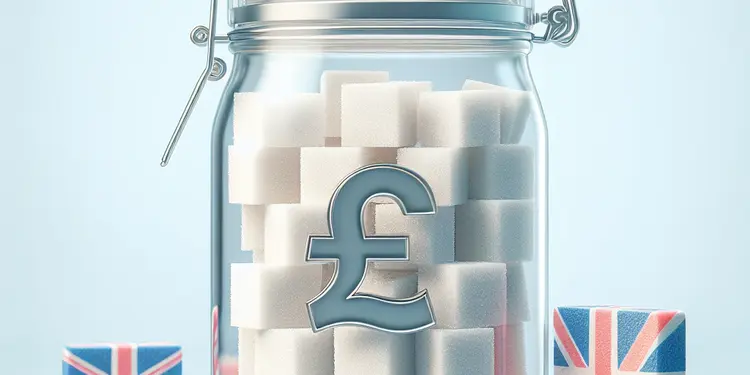
When was the sugar tax introduced in the UK?
Relevance: 63%
-
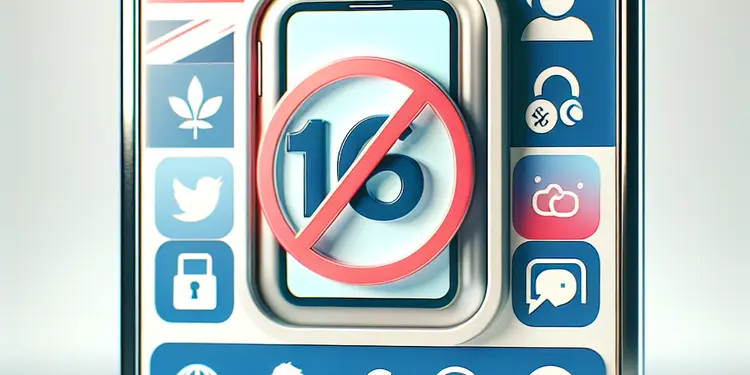
Are there any countries that have implemented a social media ban for under 16s?
Relevance: 61%
-

Do wealth taxes differ between countries?
Relevance: 57%
-
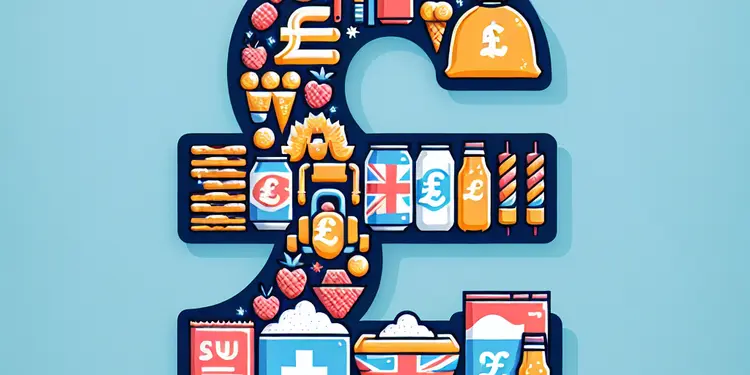
What are the rates for the sugar tax?
Relevance: 57%
-
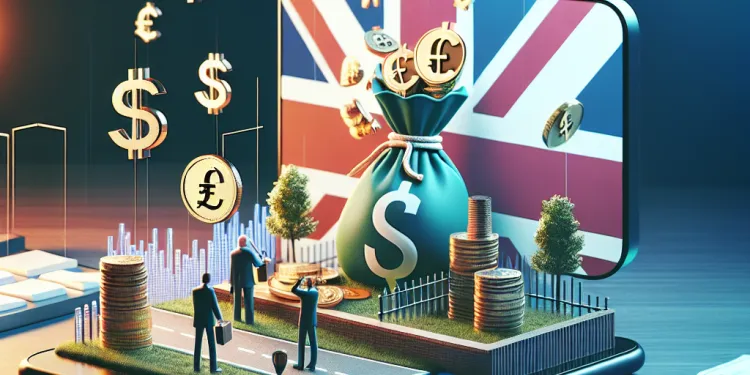
What is the Wealth Tax in the UK?
Relevance: 54%
-

Could a wealth tax encourage tax avoidance?
Relevance: 54%
-

How is the sugar tax applied?
Relevance: 54%
-

What is a Wealth Tax?
Relevance: 52%
-

Has the UK ever had a wealth tax?
Relevance: 52%
-

What is the wealth tax in the UK?
Relevance: 50%
-

Can a wealth tax be levied annually?
Relevance: 50%
-

Why doesn't the UK have a wealth tax?
Relevance: 49%
-

What arguments are made for a wealth tax in the UK?
Relevance: 48%
-

Would a wealth tax replace other taxes in the UK?
Relevance: 47%
-

Has any political party in the UK supported a wealth tax?
Relevance: 46%
-
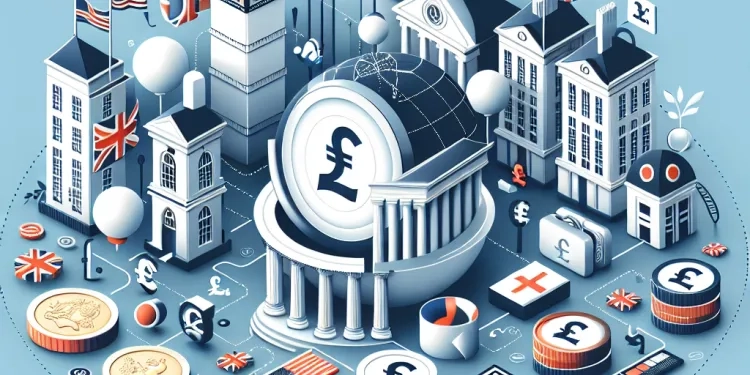
Would a wealth tax apply to foreign assets?
Relevance: 46%
-
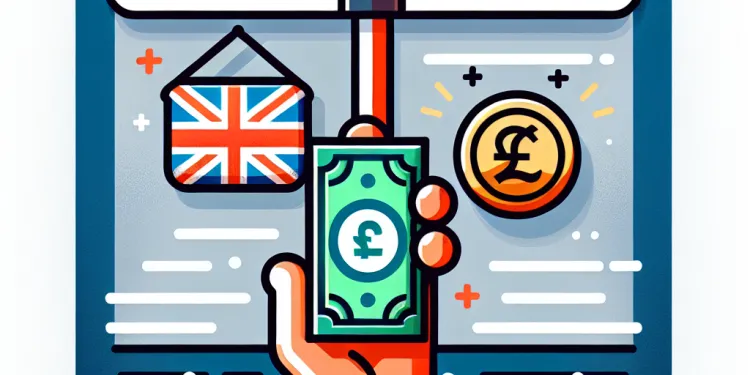
How does a wealth tax differ from an income tax?
Relevance: 44%
-

How do economists view the impact of wealth taxes?
Relevance: 43%
-
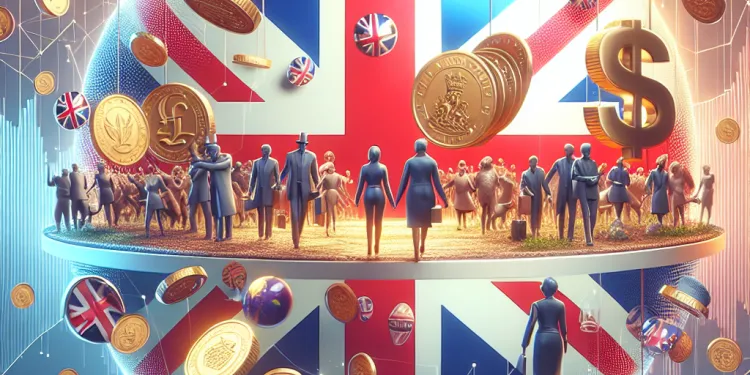
How might a wealth tax impact inequality in the UK?
Relevance: 43%
-

Can a wealth tax impact economic behavior?
Relevance: 43%
-

How might a wealth tax affect wealthy individuals?
Relevance: 42%
Sugar Tax Implementation Worldwide
The concept of a sugar tax, aimed at reducing the consumption of sugary drinks to tackle health problems like obesity and diabetes, has been adopted by several countries worldwide, following the example set by the UK. This fiscal policy involves levying a tax on beverages with added sugar, which is intended to encourage manufacturers to reduce sugar content and consumers to choose healthier options.
Mexico
Mexico was one of the pioneers in introducing a sugar tax, implementing it in 2014. Faced with one of the highest obesity rates globally, the country imposed a tax on sugar-sweetened beverages, equating to about one peso per liter. This initiative reportedly led to a significant decrease in soda sales and an increase in water and non-sugary drink consumption, showcasing an effective strategy for health improvements.
France
France implemented a soda tax in 2012, levying a fee on all sweetened drinks, including those with artificial sweeteners. The French approach aimed to combat the rising obesity epidemic, especially among children. The introduction of this tax has contributed to a decrease in the consumption of sugary drinks, indicating positive shifts in public health awareness and behavior.
United States
In the United States, the sugar tax has been implemented at the city level rather than nationwide. Cities like Berkeley, California, were among the first to introduce a soda tax in 2015. Other cities, including Philadelphia, Seattle, and San Francisco, followed suit. These taxes have led to reduced sugary drink purchases in these areas, demonstrating localized successes of the sugar tax initiative.
South Africa
South Africa introduced a sugar tax in 2018, known officially as the Health Promotion Levy, on sugary beverages exceeding a certain level of sugar content. This measure was taken to address the country's growing rates of obesity and related health issues. The tax prompted manufacturers to reformulate drinks to lower sugar content, highlighting a successful intervention in modifying industry practices.
Northern European Countries
Norway and Finland have long histories of taxation on sugar and sugary products. Norway's sugar tax, notably higher than many other countries, applies to refined sugar and chocolate, in addition to sugary drinks. Finland follows a similar practice, taxing non-alcoholic beverages with added sugar. Both nations aim to curb sugar consumption among their populations, with mixed success.
Success and Challenges
The introduction of sugar taxes around the world shows varying degrees of success, often influenced by cultural, economic, and political factors. The primary aim of these taxes is to improve public health by reducing sugar consumption. While there are significant public health benefits and early indicators of success, these measures are often met with resistance from the food and beverage industry and face challenges such as ensuring widespread public acceptance and avoiding unfair financial burdens on low-income consumers.
Sugar Tax Implementation Worldwide
Many countries around the world have started to use a sugar tax. This means charging more money for drinks with a lot of sugar. The idea is to help people stay healthy and not get sick from things like obesity (being very overweight) and diabetes (a disease that affects how the body uses sugar). The UK was one of the first to do this, and other countries are following. The goal is for companies to make drinks with less sugar, and for people to pick drinks that are better for their health.
Mexico
Mexico was one of the first countries to start a sugar tax in 2014. This is because many people in Mexico were very overweight. They put a tax on drinks with sugar, which made them a bit more expensive. The tax helped reduce the number of sugary drinks people bought, and more people started drinking water and other non-sugary drinks. This helped make people healthier.
France
France started a tax on sugary drinks in 2012. They taxed all sweet drinks, even those with fake sugar. This was to help stop people, especially kids, from becoming overweight. Since the tax started, people in France have been drinking fewer sugary drinks. This is a good sign for their health.
United States
In the United States, not all places use a sugar tax. Some cities, like Berkeley in California, started a sugar tax in 2015. Other cities like Philadelphia, Seattle, and San Francisco also did this later. In these cities, people buy fewer sugary drinks, which is a good thing for health.
South Africa
South Africa started a sugar tax in 2018. They call it the Health Promotion Levy. The tax targets drinks with a lot of sugar to help with the country's growing problems with obesity. Because of the tax, some companies are making drinks with less sugar, which is helping people stay healthier.
Northern European Countries
Countries like Norway and Finland have been taxing sugar for a long time. Norway charges a high tax on sugar, chocolate, and sugary drinks. Finland also taxes sugary drinks. These countries want people to eat and drink less sugar. It works sometimes, but not always.
Success and Challenges
Sugar taxes around the world have had different levels of success. The main goal is to help people be healthier by eating and drinking less sugar. Some places have seen health benefits from the tax. But, it can also be hard because some people and companies do not like the tax. There are also worries that it might be too hard on people with less money. It's important to find a good balance that helps everyone.
Frequently Asked Questions
Useful Links
- Ergsy carfully checks the information in the videos we provide here.
- Videos shown by Youtube after a video has completed, have NOT been reviewed by ERGSY.
- To view, click the arrow in centre of video.
- Most of the videos you find here will have subtitles and/or closed captions available.
- You may need to turn these on, and choose your preferred language.
- Go to the video you'd like to watch.
- If closed captions (CC) are available, settings will be visible on the bottom right of the video player.
- To turn on Captions, click settings .
- To turn off Captions, click settings again.
More Items From Ergsy search
-

How do other countries implement a wealth tax?
Relevance: 100%
-

Are there any countries currently implementing a wealth tax?
Relevance: 100%
-

Have any other countries implemented a sugar tax similar to the UK?
Relevance: 96%
-

What is the sugar tax in the UK?
Relevance: 88%
-

What is the purpose of the sugar tax?
Relevance: 85%
-

Has the sugar tax been effective?
Relevance: 81%
-

Has the sugar tax affected the sugar content in drinks?
Relevance: 80%
-

Who pays the sugar tax?
Relevance: 79%
-

What impact has the sugar tax had on obesity rates?
Relevance: 79%
-

How much revenue has the sugar tax generated?
Relevance: 77%
-

Has the sugar tax led to innovation in the drinks industry?
Relevance: 76%
-

What are the long-term goals of the sugar tax?
Relevance: 74%
-

How does the sugar tax affect consumers?
Relevance: 72%
-

Is the sugar tax applied to diet or zero sugar drinks?
Relevance: 71%
-

How does the sugar tax align with public health strategies?
Relevance: 70%
-

What are the challenges of implementing a wealth tax?
Relevance: 70%
-

How is the revenue from the sugar tax used?
Relevance: 67%
-

Which drinks are exempt from the sugar tax?
Relevance: 66%
-

Does the sugar tax apply to small businesses?
Relevance: 65%
-

When was the sugar tax introduced in the UK?
Relevance: 63%
-

Are there any countries that have implemented a social media ban for under 16s?
Relevance: 61%
-

Do wealth taxes differ between countries?
Relevance: 57%
-

What are the rates for the sugar tax?
Relevance: 57%
-

What is the Wealth Tax in the UK?
Relevance: 54%
-

Could a wealth tax encourage tax avoidance?
Relevance: 54%
-

How is the sugar tax applied?
Relevance: 54%
-

What is a Wealth Tax?
Relevance: 52%
-

Has the UK ever had a wealth tax?
Relevance: 52%
-

What is the wealth tax in the UK?
Relevance: 50%
-

Can a wealth tax be levied annually?
Relevance: 50%
-

Why doesn't the UK have a wealth tax?
Relevance: 49%
-

What arguments are made for a wealth tax in the UK?
Relevance: 48%
-

Would a wealth tax replace other taxes in the UK?
Relevance: 47%
-

Has any political party in the UK supported a wealth tax?
Relevance: 46%
-

Would a wealth tax apply to foreign assets?
Relevance: 46%
-

How does a wealth tax differ from an income tax?
Relevance: 44%
-

How do economists view the impact of wealth taxes?
Relevance: 43%
-

How might a wealth tax impact inequality in the UK?
Relevance: 43%
-

Can a wealth tax impact economic behavior?
Relevance: 43%
-

How might a wealth tax affect wealthy individuals?
Relevance: 42%


